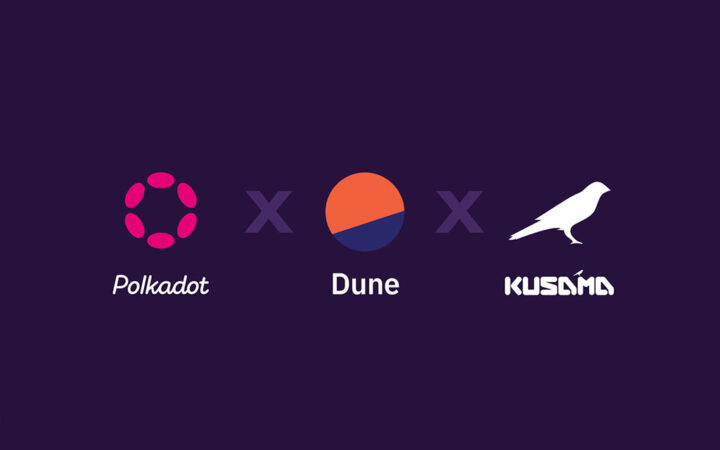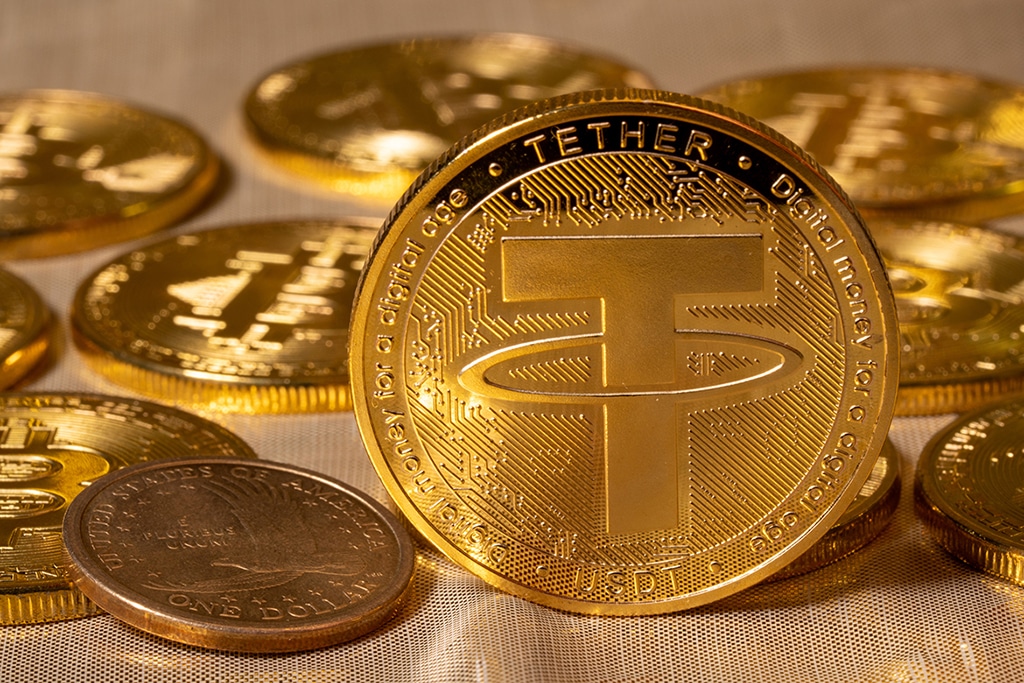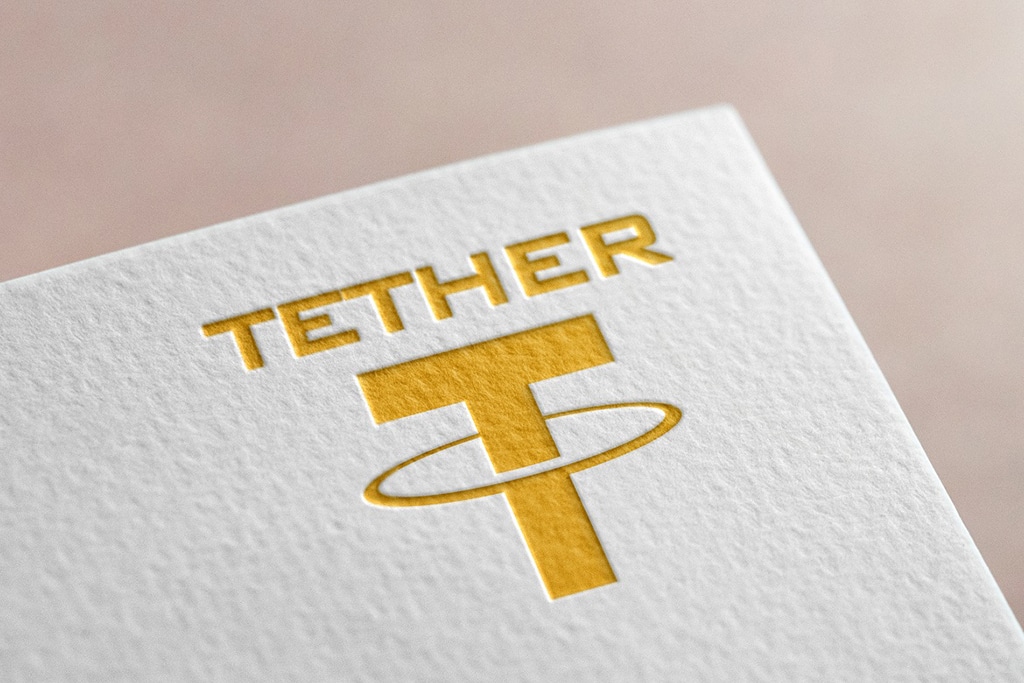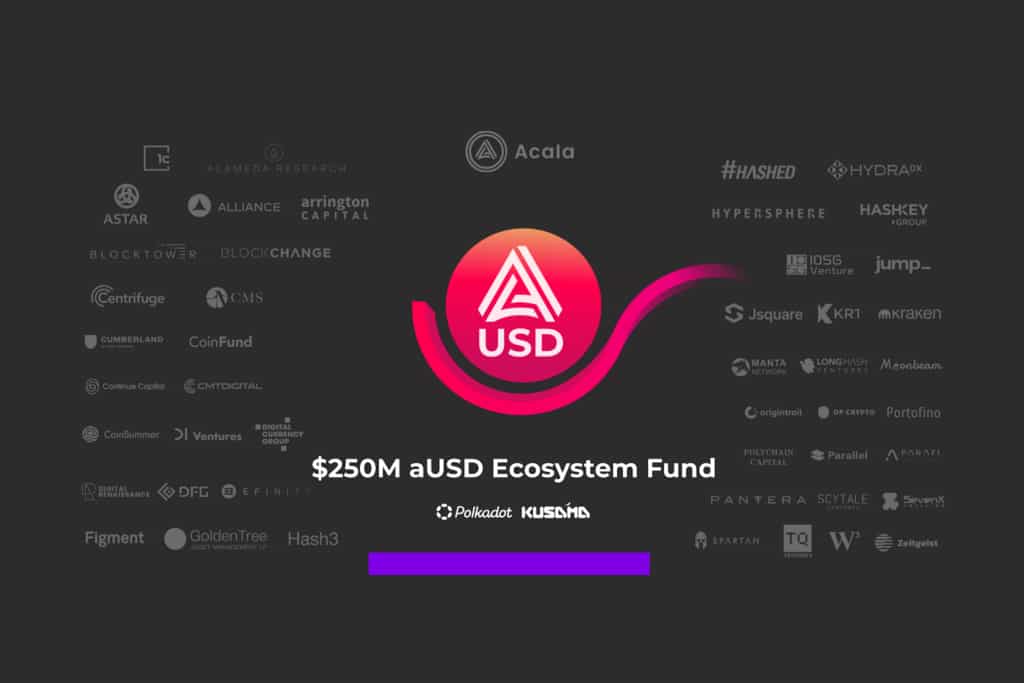
Please check out latest news, expert comments and industry insights from Coinspeaker's contributors.
As a new parachain auction is around the corner, the following teams will all try to secure their spot as quickly as possible.

This week marks the commencement of Kusama’s third batch of parachain auction slots. Projects will be competing for the right to deploy their dApps on Polkadot’s canary network. Various projects, including the four below, will toss their hats into the ring, as they all contribute to the ongoing development of Kusama, and by extension, Polkadot.
The Kusama ecosystem regularly holds parachain auctions. Through these events, developers and teams can secure a chain “shard” within the Kusama ecosystem. As Kusama’s blockchain is often viewed as the canary network for Polkadot, it gives developers a chance to test out their software, collect feedback, and make tweaks before bringing their ideas to the Polkadot ecosystem. However, spots for parachains are limited, and not every project will succeed in securing a slot.
There have been 11 auctions, with the last one ending on October 12, 2021. To secure a parachain slot, teams need to bid by specifying a contiguous range of 1-8 lease periods (each period is six weeks) and the amount of KSM tokens they want to lock up for that range. A higher number of KSM being contributed will increase the chances of winning the slot. The last round’s winner was Kintsugi BC, with nearly 200,000 KSM locked up for an eight-lease period.
As a new parachain auction is around the corner, the following teams will all try to secure their spot as quickly as possible.
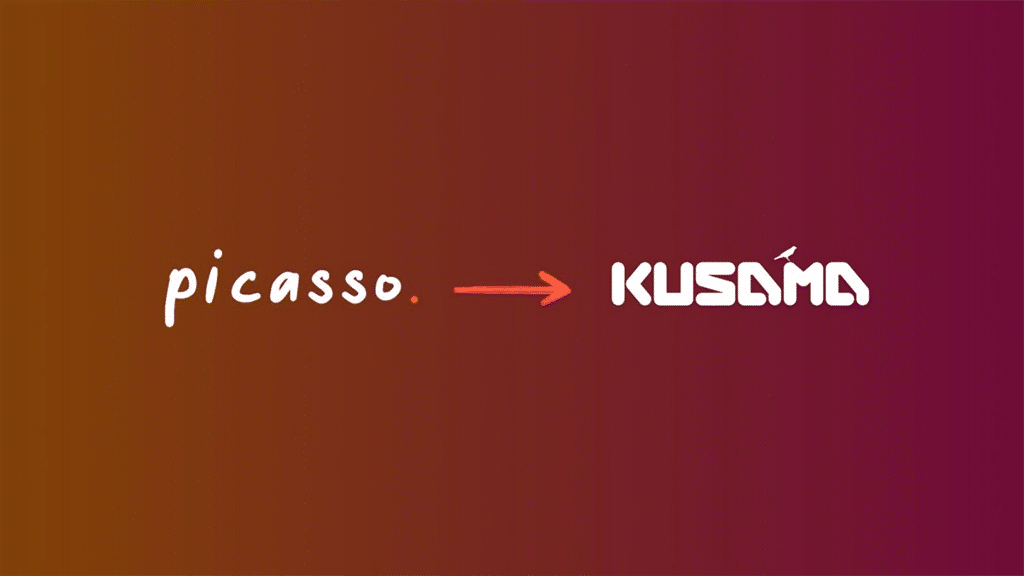
Picasso will be the Kusama parachain of Composable Finance, a cross-chain and cross-layer interoperability platform introducing hyper-liquidity for DeFi assets powered by L2 Ethereum and Polkadot. The Picasso ecosystem spans a variety of DeFi tools and solutions for Kusama. Moreover, the project has customizable pallets for every DeFi primitive and provides secondary and tertiary features to help establish interoperable DApps.
At its core, Picasso wants to become the “AWS of parachains” for projects not looking to build on a native parachain. One can deploy pallets and DApps on the Picasso parachain and leverage Composable’s Polkadot parachain. Features to explore include an MEV-resistant oracle, vault pallets, lending pallets, etc.
These tools will help attract developers and provide a testing ground for experimental DeFi applications. Built on Polkadot’s Relay Chain will offer more security than building on PolyChain or THORChain, both of which have been hacked for substantial amounts due to centralized points of failure.
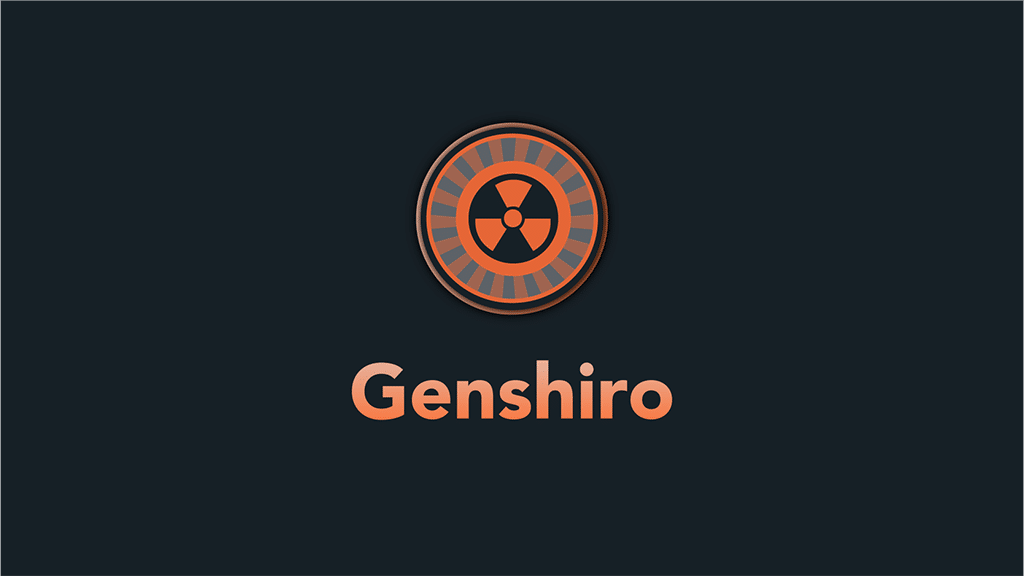
The Genshiro parachain will help developers test future products before deploying them on Polkadot. Some may see parallels between Genshiro and Equilibrium, although there are crucial differences. For example, Genshiro provides more relaxed margin rules, supports more assets, and is home to Curve’s AMM. Moreover, Genshiro users will gain exposure to a DEX with derivative contracts for many financial vehicles, including stocks, gold, and ETFs.
The significant benefit of Genshiro is how users can earn yield, borrow, and trade on margin across different chains and protocols. Active markets include ETH, DAI, BNB, USDC, USDT, WBTC, and others. In addition, the removal of single collateral vaults in favor of asset portfolios can make decentralized finance more appealing to many users.
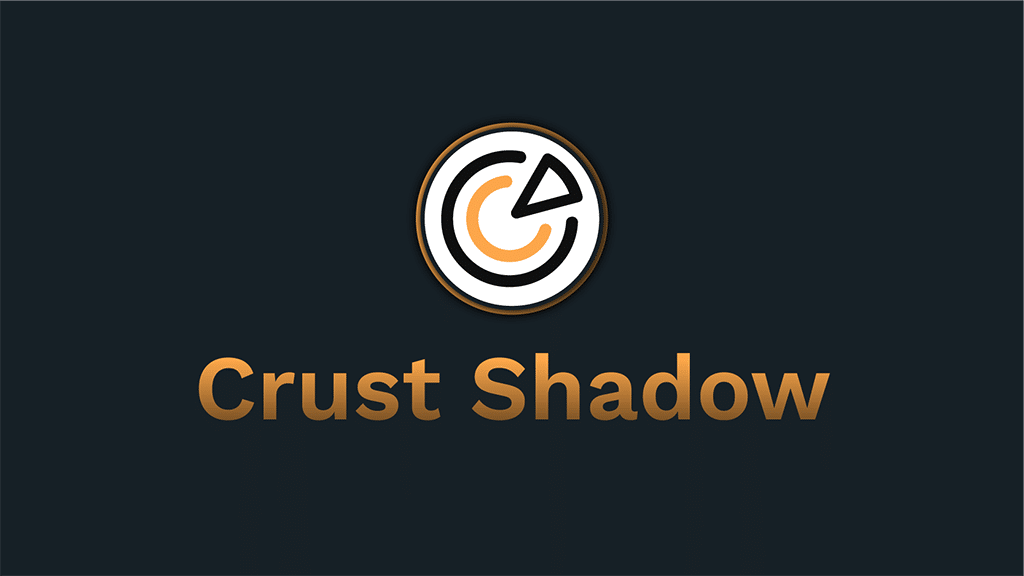
Crust aims to secure a Kusama parachain slot to create an incentive layer for decentralized storage. As a multiple storage layer protocol supporting IPFS, its architecture can support a decentralized computing layer to create the Web 3.0’s decentralized cloud system. A distributed file system with an interface that feels similar to Amazon S3 creates a compelling combination.
Developers looking to secure application storage, edge computing, and other cloud services will see the merit of Crust Shadow. Moreover, the team aims to push the boundaries of high performance at the lowest cost possible. There’s also a DSM (Decentralized Storage Market) for users to place storage orders on-chain and achieve data storage across the Crust Network.
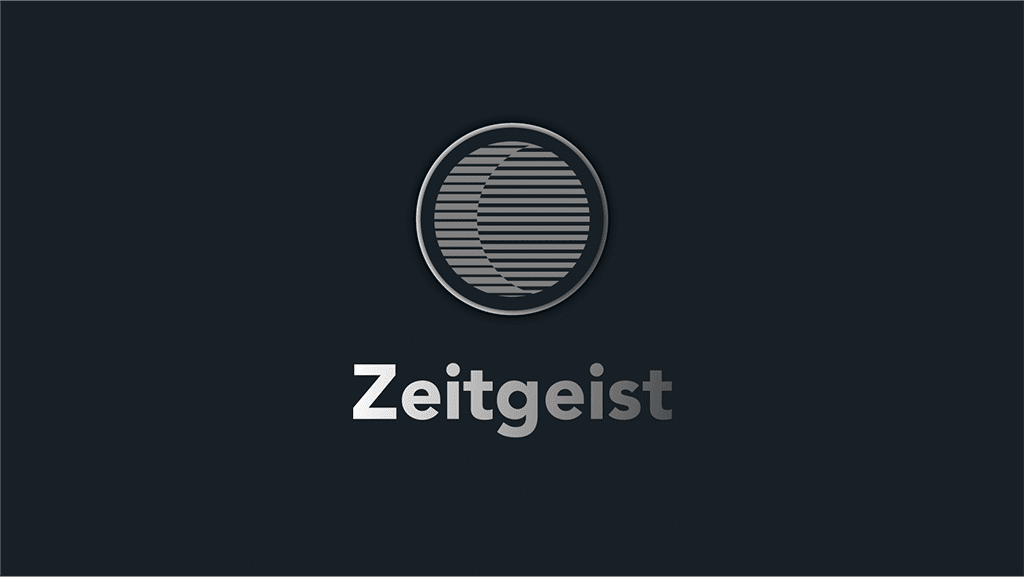
Prediction markets have proven to be of great interest, thanks to cryptocurrency and blockchain technology. Zeitgeist is a decentralized network for creating, betting on, and resolving prediction markets. The project is built on Substrate, giving it a native layer one chain. Moreover, users can trade prediction market shares, creating potential DeFi opportunities further down the line. The primary applications include crypto prices, sports, eSports, and politics.
Disclaimer: Coinspeaker is committed to providing unbiased and transparent reporting. This article aims to deliver accurate and timely information but should not be taken as financial or investment advice. Since market conditions can change rapidly, we encourage you to verify information on your own and consult with a professional before making any decisions based on this content.

Please check out latest news, expert comments and industry insights from Coinspeaker's contributors.
